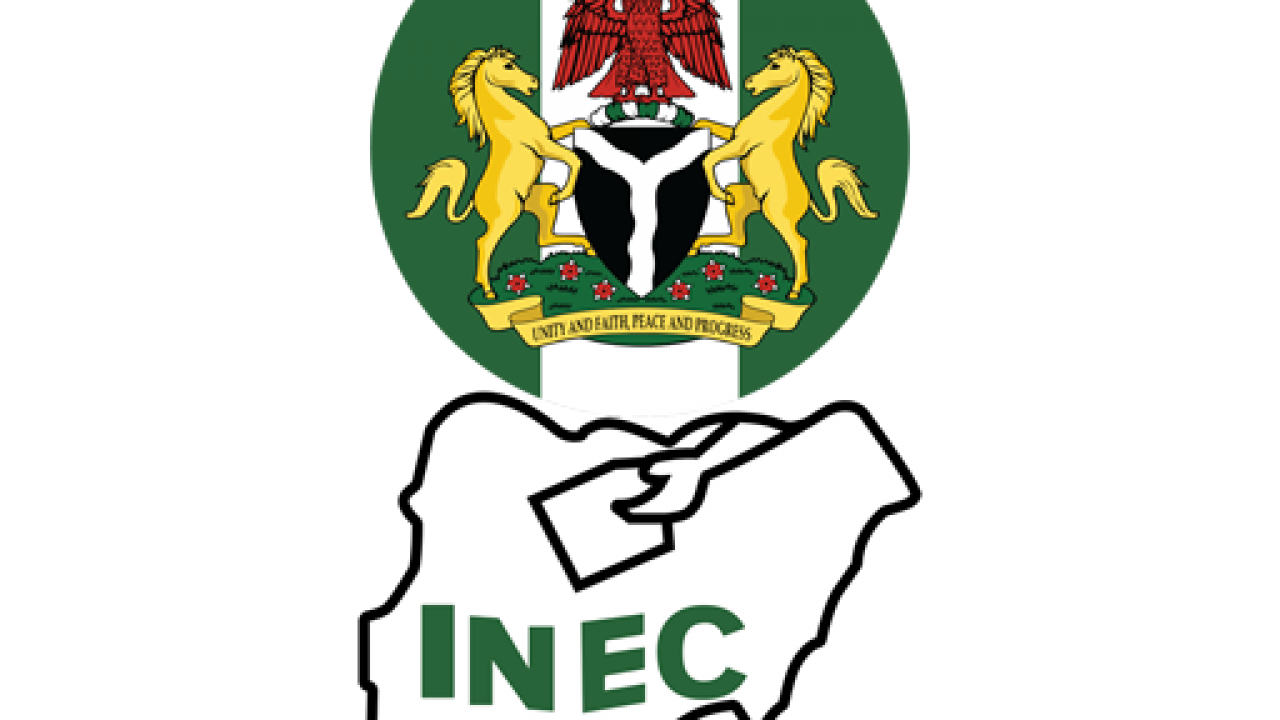ARTICLE AD
The Starlink satellite system is crucial for the Ukrainian military, but there are problems.

The European Union aims to sign contracts worth billions by the end of March to build and operate a new constellation of communication satellites | Mariana Suarez/AFP via Getty Images
January 25, 2024 5:09 pm CET
BRUSSELS — The EU wants to curb the supremacy of Elon Musk’s Starlink satellite system — worried about the need to rely on U.S.-based SpaceX in the event of a national security crisis.
The European Union aims to sign contracts worth billions by the end of March to build and operate a new constellation of communication satellites dubbed IRIS², able to provide the kind of military-grade secure comms and internet provided by Starlink.
It's a key technology that supplies high-speed internet by using thousands of low orbit satellites, and also has a strategic dimension — Ukrainian troops depend on it.
“This constellation is a crucial asset in a conflict as demonstrated in Ukraine,” Internal Market Commissioner Thierry Breton said.
But there are problems with Starlink. It refused to make its services available to Ukrainian forces in 2022 as they planned an attack on Russian-occupied Crimea. The mercurial Musk has also shifted from supporting Ukraine to mocking President Volodymyr Zelenskyy's calls for aid.
Now the EU wants to create its own rival system. Breton, the plan's architect, told a conference of space executives and policymakers this week that the aim is to sign “the biggest space contract in the EU’s history” worth billions by Easter.
So far, there’s more than €3 billion raised from various EU programs and parts of the European Space Agency’s (ESA) budget to get work started, with more to be pledged by industry.
Finding billions to build a third EU satellite system, after the Galileo navigation constellation (a rival of America's GPS) and the Copernicus Earth observation network used to monitor climate change, wasn’t always a given.
When countries last hashed out the EU's seven-year budget in 2019, plans for such a network were put on the back burner.
But Russia's invasion changed the debate. It showed that Starlink became a critical means of defense for Kyiv's beleaguered forces as other comms systems were hacked or destroyed by Russia.
"With the war, Ukraine needed satellite telecommunications, but the EU didn’t have something to offer," said Christophe Grudler, the Renew member of the European Parliament who leads on the bloc's secure connectivity program. "Ukraine should not have to rely on the whims of Elon Musk to defend their people."
Legislation to get IRIS² on track was published on February 15, 2022, days before Russia's all-out invasion of Ukraine. On the eve of conflict, hackers then took out the KA-SAT network of U.S.-based Viasat, which Ukraine's army used to command its forces. That hammered home the case for building an EU-run network.
"At the end of the day, having quality space connectivity is becoming a key requirement from a security and defense standpoint," said Hervé Derrey, the CEO of Thales Alenia Space, which is working on the system.
"I think the Ukraine war has demonstrated that," he said. "Europe cannot afford to rely even on allies as far as connectivity is concerned."
War space economy
The original case for IRIS² was to boost the bloc's space know-how, end internet black spots and offer better communications infrastructure to African countries. That's now been buttressed by security arguments.
For example, the constellation will allow Scandinavian countries to better police airspace and maritime traffic in the Arctic, said Catherine Kavvada, a director at the European Commission's defense and space department.
In May 2023, many of the bloc’s major aerospace firms grouped into a single consortium to design and build the system, with Airbus, Eutelsat, Hispasat, SES and Thales Alenia Space all taking part.
By February 14, the consortium is set to make its final offer, said Kavvada.
While the final plan will only be set out once the Commission approves the industry's offer and signs off on the contracts, the IRIS² outline is for hundreds of satellites. That's instead of relying on thousands of small satellites in low orbit as Starlink does. IRIS² will use spacecraft in middle and geostationary orbits, partly using some capacity from existing commercial satellites.
The full constellation should be up and running by 2027 or 2028, but the Commission has promised to have some governmental systems online using existing infrastructure this year.
To get the contract settled, the Airbus-led consortium will need to raise billions to help expand it in the future and build up the 5G-ready ultra-secure systems for use by militaries and intelligence agencies. It also has to allow small- and medium-sized companies to get at least 30 percent of the work, the Commission insists.
That won’t be easy or cheap.
Even though there’s a growing market for “anything but Elon” services, said Ruy Pinto, the CEO of Luxembourg's satellite company SES, which is part of the consortium, “the price of Starlink is not easily beatable.”
SpaceX runs its operations vertically — building, launching and operating its satellites. That's a model Europe can't match through a single company.
"It's true that Starlink is threatening ... with aggressive pricing, aggressive marketing and a clear willingness to disrupt," said Thales Alenia Space's Derrey. "We don't know if the economics fly for them, but there is a level of investment that is unprecedented ... Something has to be done."
CORRECTION: This article has been updated to correct when the IRIS² legislation was published. It was February 15, 2022.

.png) 9 months ago
60
9 months ago
60 

